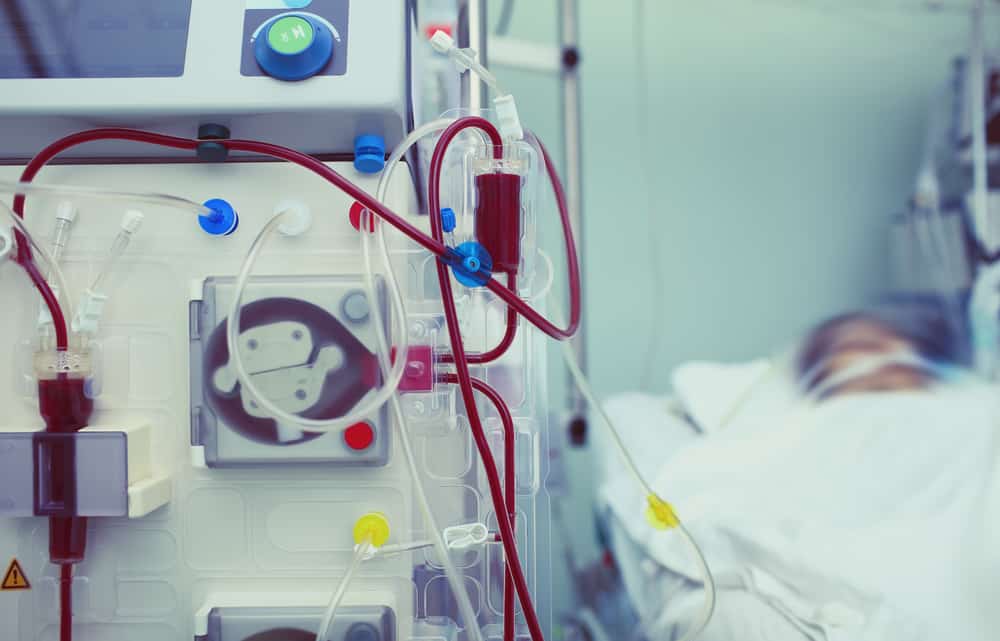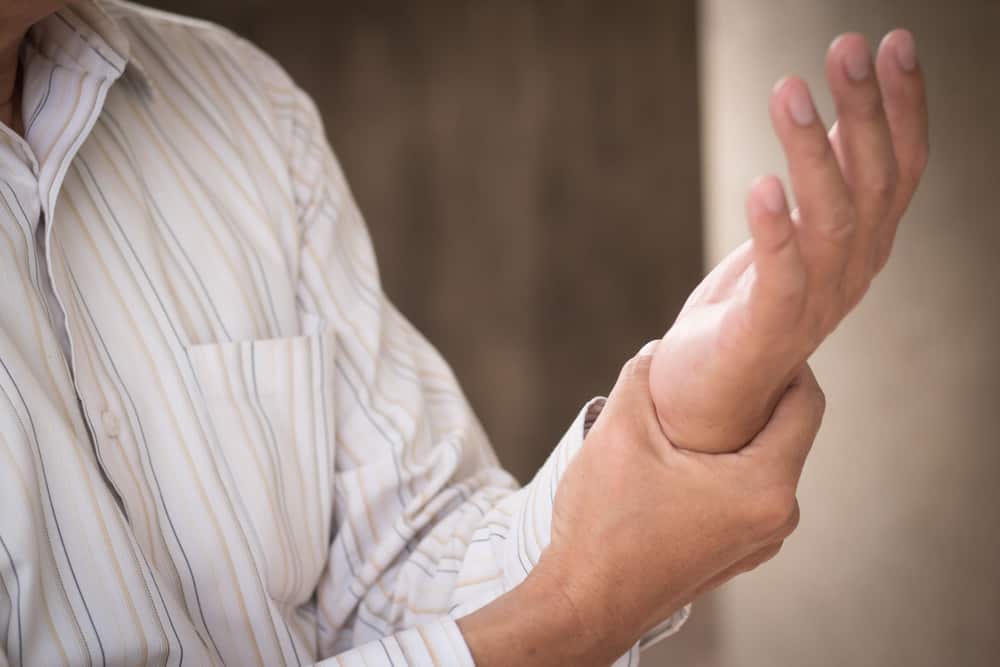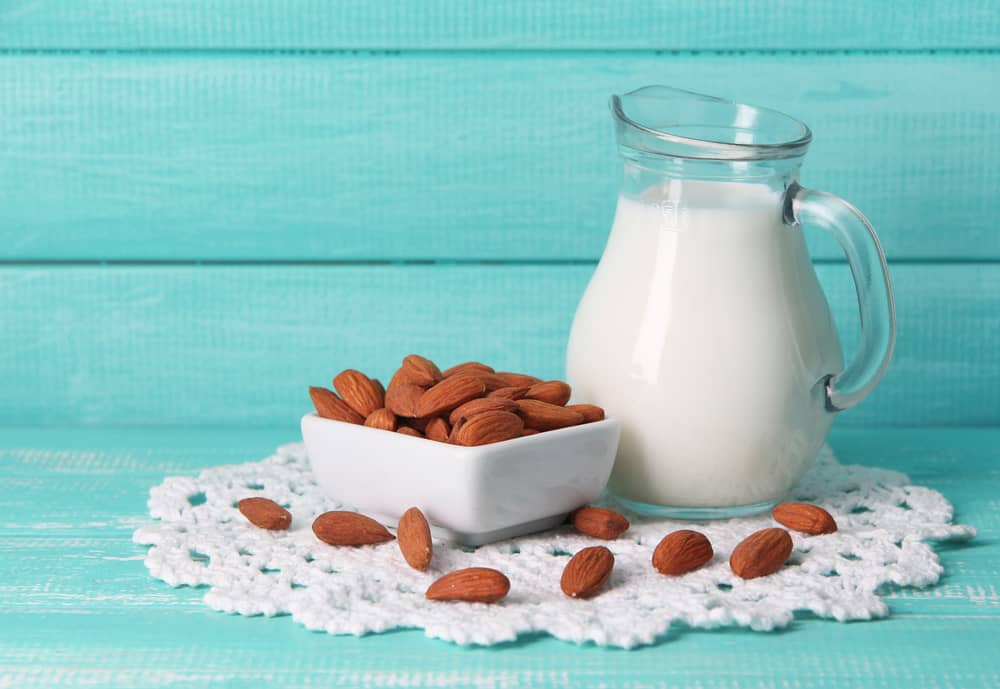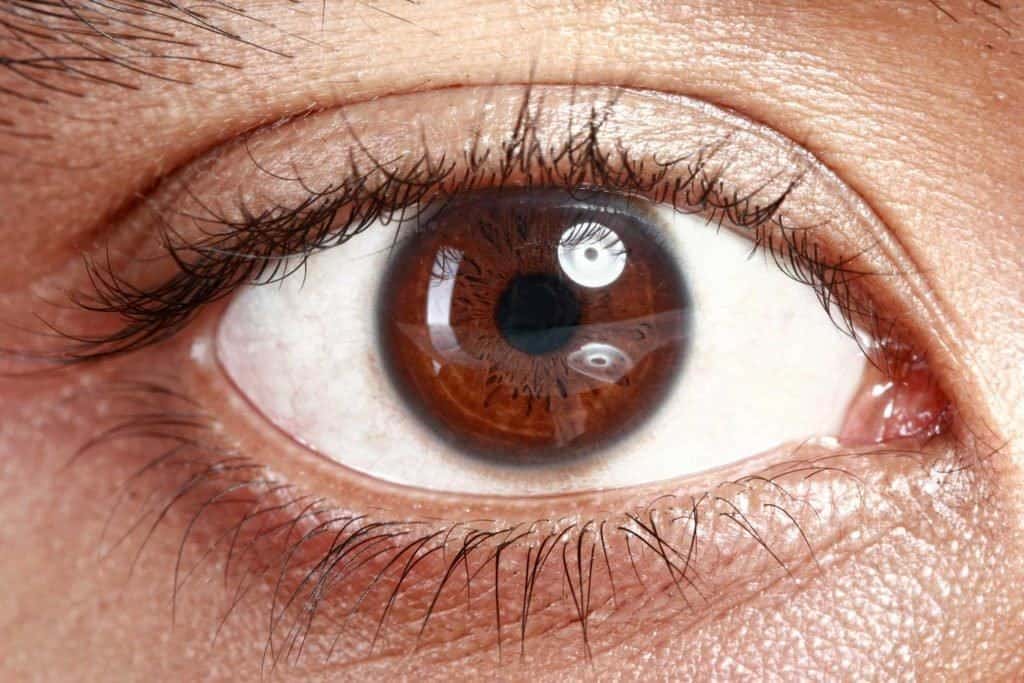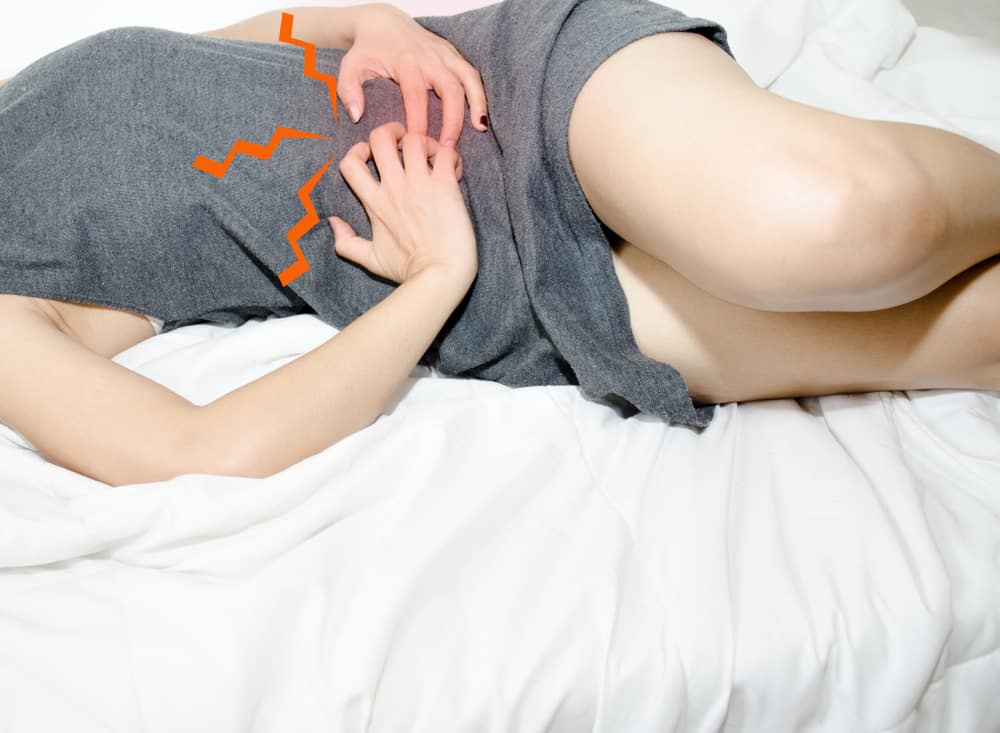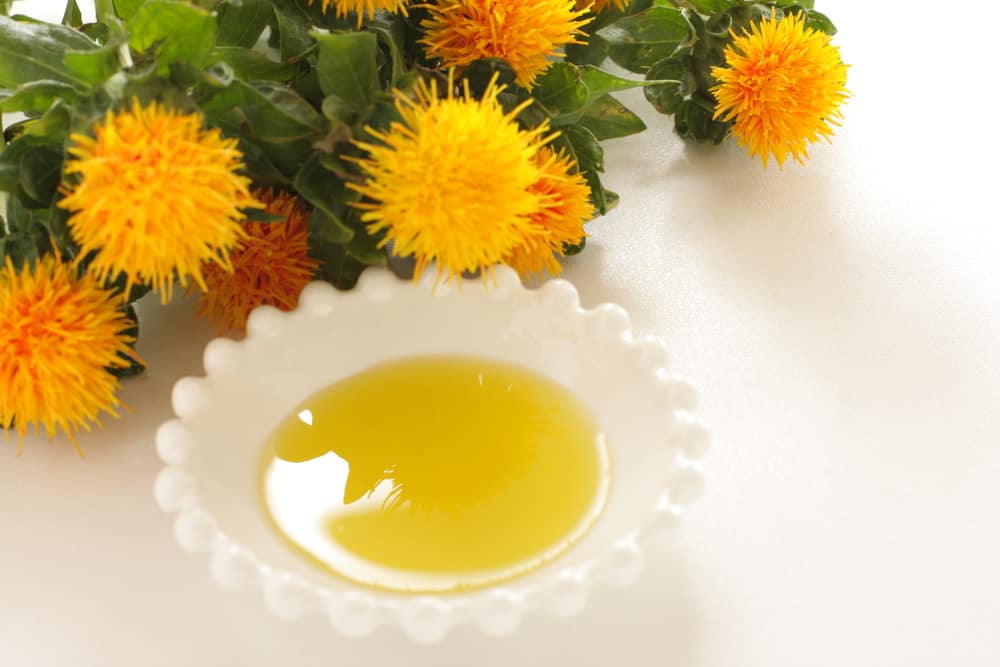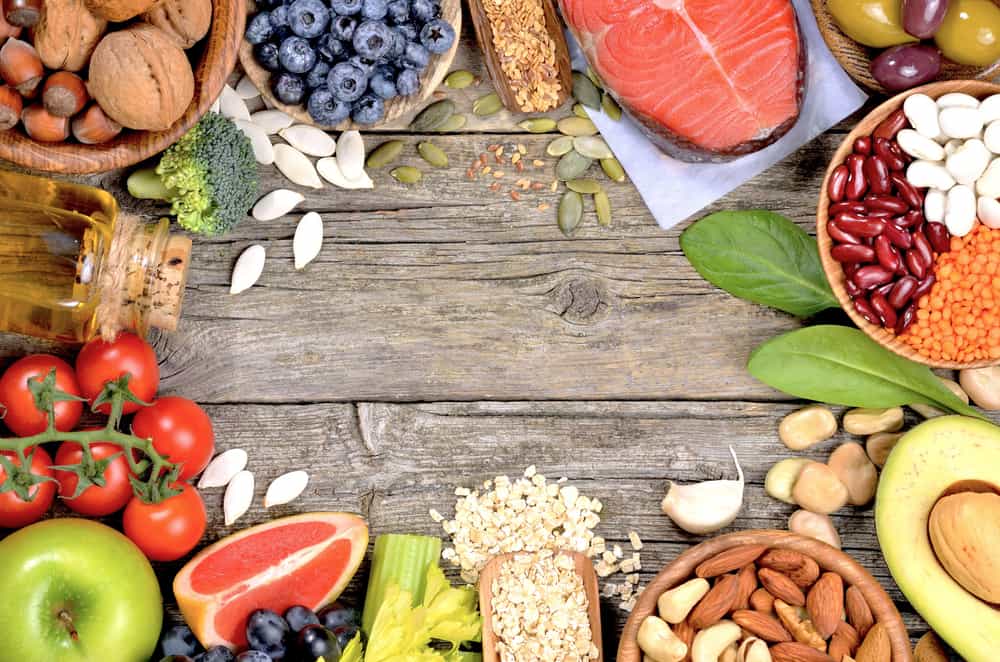Contents:
- Medical Video: Dialysis | Nucleus Health
- Dialysis side effects that you need to know
- 1. Decreased blood pressure
- 2. Itchy skin
- 3. Muscle cramps
- So, how do you deal with excessive thirst in kidney disease patients?
Medical Video: Dialysis | Nucleus Health
Dialysis is done to replace kidney function that is not functioning properly in patients with kidney disease. Although it brings benefits, it is important to know that there are a number of dialysis side effects that need to be watched out. What are the side effects of dialysis and how to overcome them?
Dialysis side effects that you need to know
In patients chronic kidney disease the final stage or people who lose kidney function more than 85 percent are obliged to do dialysis to avoid various complications. Including accumulation of poisons, metabolic waste substances, and excess fluid in the body.
Dialysis or dialysis is divided into two namely hemodialysis and peritoneal dialysis. Generally, side effects of dialysis are a prolonged feeling of weakness and thirst due to fluid restriction. However, each dialysis has different dialysis side effects.
In the hemodialysis dialysis method, dialysis can only be done in a hospital and can be done up to three times a week. As reported by National Health Service, the side effects of dialysis include:
1. Decreased blood pressure
Decreased blood pressure (hypotension) is one of the most common side effects of hemodialysis. This is caused by a decrease in fluid levels in the body during the dialysis process. Low blood pressure can cause nausea and dizziness.
The best way to minimize these symptoms is to keep the daily fluid intake recommended by the doctor. If symptoms persist, you should immediately consult the dialysis team at the local hospital because the amount of fluid during dialysis can be adjusted immediately.
2. Itchy skin
The presence of phosphorus buildup due to hemodialysis can cause the skin to become itchy. This condition is common but to prevent or relieve symptoms itchy skin, You may need to undergo a special diet and consume phosphate binders regularly as directed by your doctor.
3. Muscle cramps
Although the cause is unclear, muscle cramp during hemodialysis it can usually occur. Warming or giving warm compresses in the area, can be done to help smooth blood circulation and reduce the cramps of the felt muscles.
So, how do you deal with excessive thirst in kidney disease patients?
- Eat fruits and vegetables in accordance with the amount determined by the doctor in planning a daily diet, because in hemodialysis patients with a high enough potassium level, vegetables and fruits must also be measured and processed in certain ways.
- Do the planning and distribution of fluids that will be consumed in a day, for example if limited to 1000 ml / day can be divided into 6 drinks by dividing: breakfast around 150 ml, snack morning 100 ml, lunch 250 ml, snack afternoon 100 ml, dinner 150 ml, and snack night 100 ml. The remaining about 150 ml comes from food, both in the form of vegetables, fruits, soups, snack, and so forth.
- Drink liquid that has been cooled or has put ice in it to help cause a sense of coolness in the mouth But the amount of ice put in must still be taken into account as the amount of liquid consumed.
- When taking medication, use a little water. The drug should be taken after meals, so that the amount of fluid that has been planned at the time of eating is also sufficient to be used for taking medication.
- Use a small glass when drinking.
- Ask the treating doctor whether the medications given will cause side effects such as dry mouth.
- To reduce dryness in the mouth, brush your teeth, rinse your mouth (using a bottle containing cold water that has been mixed with leaves) mint and given spray, where the amount of liquid used is still calculated in the amount of fluid consumed), sucking candy with a lemon flavor (lemon can stimulate the release of saliva so that it helps overcome dryness of the mouth).
- Try to always be in a place that is quite cool, not linger in a place where the air is hot.
- Exchange experiences with other patients to get other ways to overcome thirst, support each other and help improve discipline when thirst arises.
- Pay attention to some foods that still need to be taken into account in the amount of liquid consumed (basically all foods that are liquid at room temperature) such as: coffee, tea, gelatin, ice cubes, ice cream, juice, soda, milk, sorbet, soup, vegetables and fruit, with a lot of water content (like watermelon, melon, pumpkin, tomato, pear, apple, carrot, pineapple, cucumber, etc.).
- Examples of vegetables and fruits with negligible water content such as cabbage, cauliflower, broccoli, cherries, blueberries, prunes, eggplants, lettuce, celery, and so on.
Side effects of dialysis are varied in everyone. However, this action is considered important in patients with kidney disease, to help replace kidney function so that it can carry out metabolism properly. Consult your doctor regularly to maintain a healthy body during dialysis and get proper and effective treatment of dialysis side effects.

